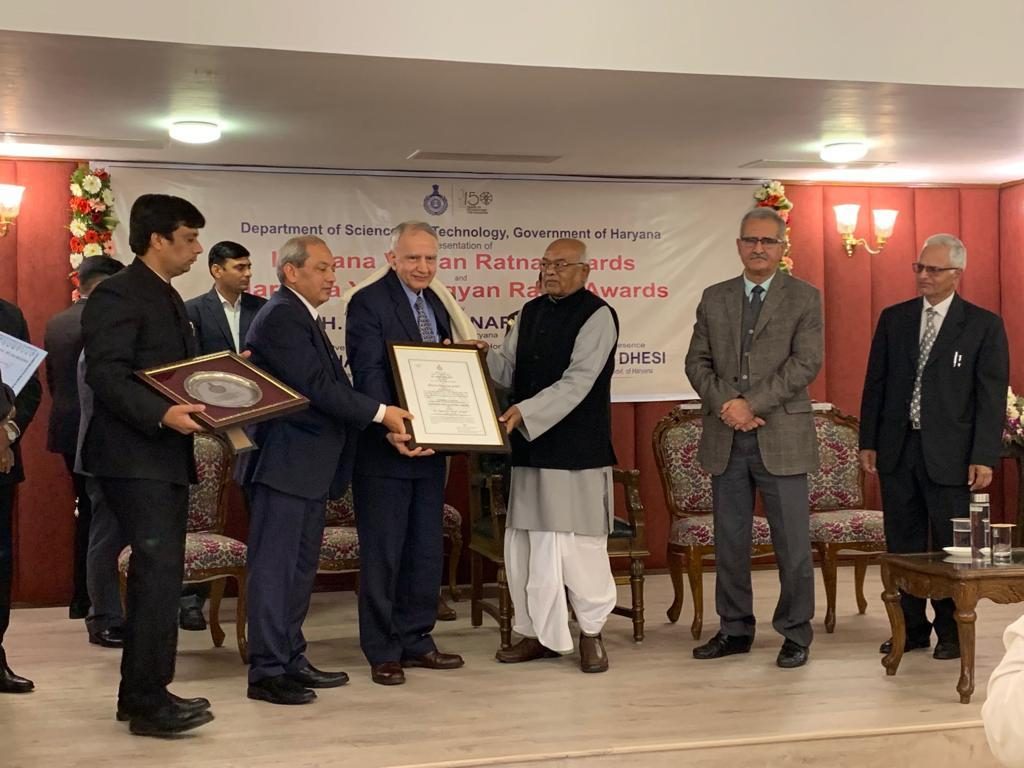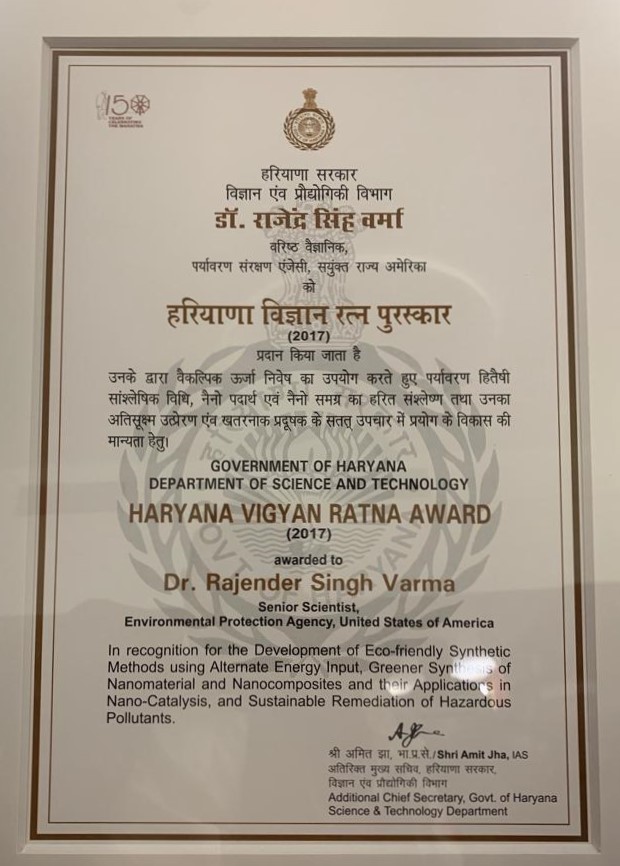urn:nbn:sciencein.cbl.2019v6.97
Published in: Chemical Biology Letters
- P.J. Bindu Kuvempu University
- T. R. Ravikumar Naik Indian Institute of Science
- K.M. Mahadevan Kuvempu University
- G. Krishnamurthy Sahyadri Science College
Keywords: Anti-oxidant, photodynamic therapy, DNA-Drug, tetrahydroquinolin
Abstract
2-Methyl-1,2,3,4-tetrahydroquinolin-4-yl)pyrrolidin-2-ones (3a−g) were synthesized by one pot multicomponent aza Diels-alder reaction between N-arylimines with two molecules of N-vinyl-2-pyrrolidinone in presence of Sm(III)nitrate as catalyst in acetonitrile solvent at room temperature stirring. The photocleavage studies with 2-methyl-1,2,3,4-tetrahydroquinolin-4-yl)pyrrolidin-2-ones (3a−g) revealed that almost all derivatives exhibited effective photocleavage of pUC−19 DNA at 365 nm, The The anticancer activities of newly synthesized compounds (3a−g) were more potent than doxorubicin on MCF−7 cells. The docking of PBR receptor (1EQ1) protein with newly synthesized THQ’s (3a-g) exhibited well established bonds with one or more amino acids in the receptor active pocket.
How to Cite Bindu, P., Naik, T. R. R., Mahadevan, K., & Krishnamurthy, G. (2019). Synthesis, DNA photocleavage, molecular docking and anticancer studies of 2-methyl-1,2,3,4-tetrahydroquinolines. Chemical Biology Letters, 6(1), 8-13.
Retrieve Full text from http://pubs.thesciencein.org/journal/index.php/cbl/article/view/7

